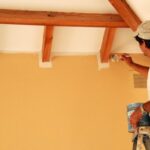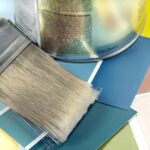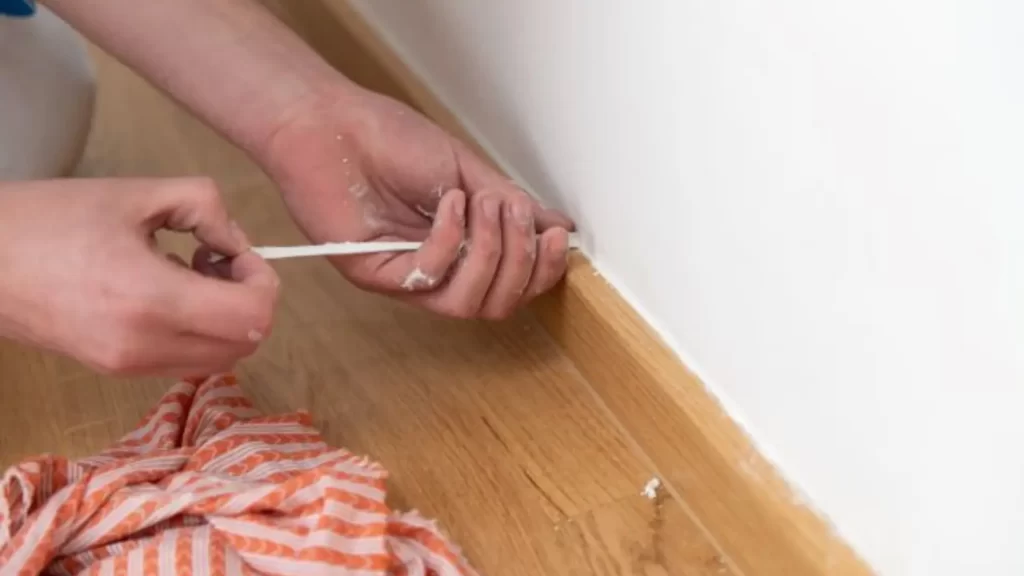Expert advice for choosing the right paint, paintbrushes, and painting gear for DIY painting indoors and out.
The Right Paint
Choosing Paintbrushes
Rollers & Applicators
Paint Sprayers
A great paint job can completely transform the exterior or interior of a house. And, as home improvements go, painting is one of the least expensive ways to make major changes without spending a fortune. In other words, painting can give you plenty of bang for your buck. It can transform the exterior or interior of your house with an entirely fresh, new look.
In fact, painting a home’s exterior is considered to be one of the best ways to achieve instant curb appeal. For that reason, it should be a strong consideration for those homeowners who are thinking about selling.
But here is the thing: If you’re going to spend the money and effort to paint your house—or just some of the rooms—you should do it right. Attention to the right materials and techniques is key to success.
There are three important ingredients to a successful paint project: choosing the right paint, using the proper tools and equipment, and working under the guidance of some basic know-how.
This section of HomeTips focuses on the first two ingredients—the paint and the tools.
It will help you sort through your many options in paints and finishes. And it will assist you in determining the right paintbrushes, rollers, ladders, and other equipment for the job.
For information on painting techniques, see Interior Painting and Exterior Painting.
The Right Paint
A couple of the most important decisions you will make when painting are 1) choosing the right paint for the job, and 2) picking the right quality of paint.
HomeTips has a very comprehensive article on choosing paint. Please see How to Choose and Buy Top Quality House Paints.
This will walk you through:
• The differences between water-based and oil- or alkyd-based paints,
• Understanding paint quality,
• An overview of clear finishes, and
• How to estimate the amount of paint you’ll need.
Do you, for example, know which finishes have the best luster are the most scrubbable? This article will tell you.
Choosing Paintbrushes
While some paintbrushes are meant for latex paints, others are intended only for solvent-based paints. Do you know which is for which?
Selecting the right paintbrush for a project can affect both the result and the ease of doing the work.
For a complete guidance about selecting paintbrushes, please see How to Choose the Right Paintbrush.
Rollers & Applicators
For large, flat surfaces, rollers and other types of applicators are often best for applying paint. The best rollers have a heavy-gauge steel frame. The handle should be comfortable to hold and should accept an extension pole that you can screw into the handle’s base.
When painting a room, a 3- to 4-foot extension pole is a must. It allows longer strokes, and it reaches the top of walls and the ceiling. It also helps eliminate the need for stooping to paint low areas.
Nine-inch rollers are standard and will handle most jobs. Specialty rollers are great for certain situations. For example a 4-inch trim roller makes painting trim and window sashes a breeze. A beveled corner roller makes quick work of painting corners.
Choose a nap that is made for the paint and the surface you’re painting. Latex paint calls for a nylon nap because nylon won’t become matted by the water base of the paint. Alkyd and solvent-based paint can be applied with nylon, nylon and wool blend, lamb skin and mohair rollers.
The roller’s nap can have a thickness from 1/16 inch to 1 1/4 inches. High gloss, smooth surfaces call for very short nap. Textured surfaces require a thicker nap to handle the rougher terrain.
For a large project, consider using a 5-gallon bucket fitted with a roller grid—this is handier than constantly refilling a standard roller tray.
Paint Sprayers
Though the debate continues over whether a spray-painted finish is as durable as one that has been painted or rolled on, there is no disputing that using a power sprayer is a real time saver.
Sprayers are a particular convenience for surfaces that would be difficult to paint otherwise, such as shingle siding, latticework, and other surfaces that are textured or have multiple planes.
When you use a paint sprayer, you must meticulously protect surrounding surfaces with plastic and dropcloths. And do not even consider using a sprayer outdoors if it is even a little breezy. Also follow these tips:
* To achieve a uniform spray with the least amount of pressure, practice on a large disposable surface, making adjustments until the setting is right.
* Spray the surface straight on in overlapping strips with the gun about a foot away. Move the sprayer smoothly, about 3 inches per second. When you get to the end of a strip, release the trigger and then engage it again as you reverse direction, taking care not to swing your arm. A steady hand and a consistent pace will produce an even coat.
* Do not take longer than 15-minute breaks or the paint in the sprayer will begin to harden. And when you do take a break, set the safety lock. If you must take a longer break, or you are done for the day, clean the paint from the sprayer after turning off and unplugging the unit.
* Pay attention to all recommendations posted with the sprayer. Always wear safety gear, including gloves and goggles, and protective clothing such as a durable long-sleeve shirt and long pants. A paint respirator is essential gear because paint is airborne.
Warning: A paint sprayer is a powerful tool—if a jet from a paint sprayer hits a part of the body, it can drive the paint underneath the skin.
Find a Pre-Screened Local Home Exterior Painting Pro



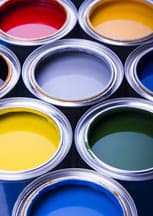
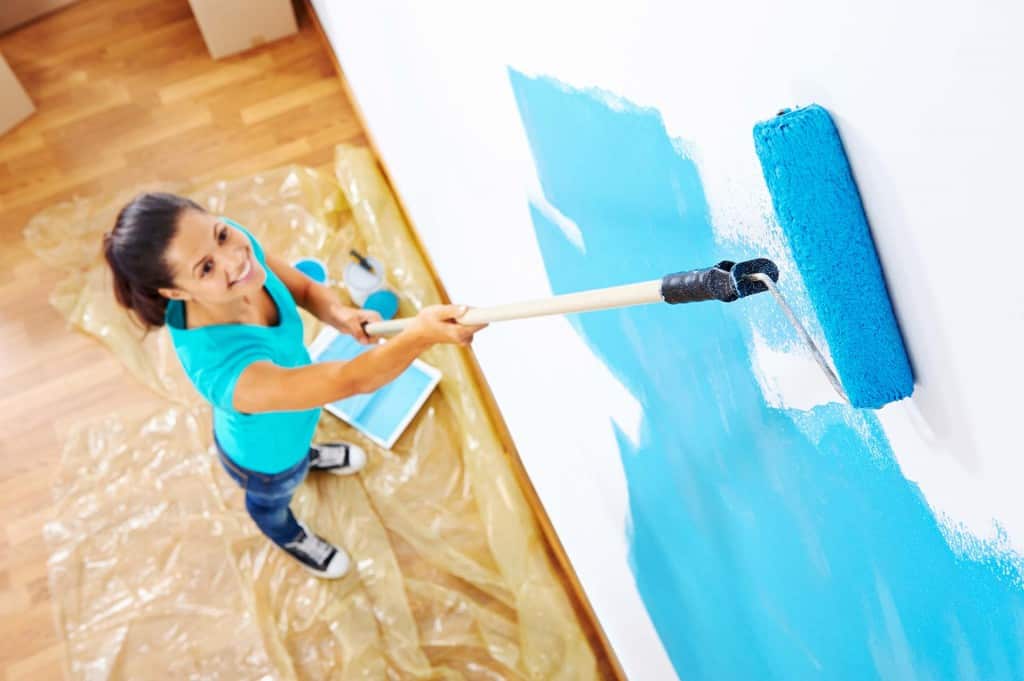
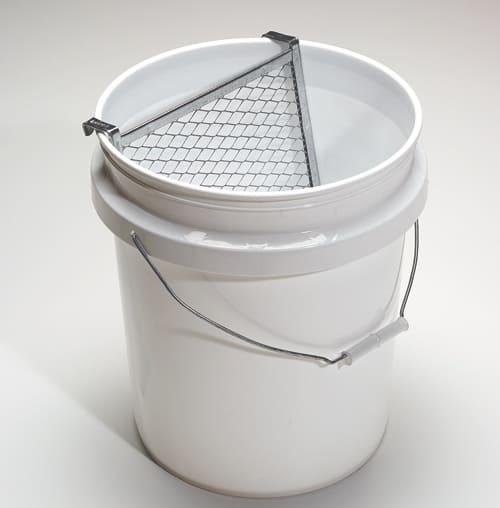



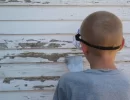
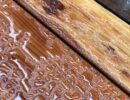
 Don Vandervort writes or edits every article at HomeTips. Don has:
Don Vandervort writes or edits every article at HomeTips. Don has:

